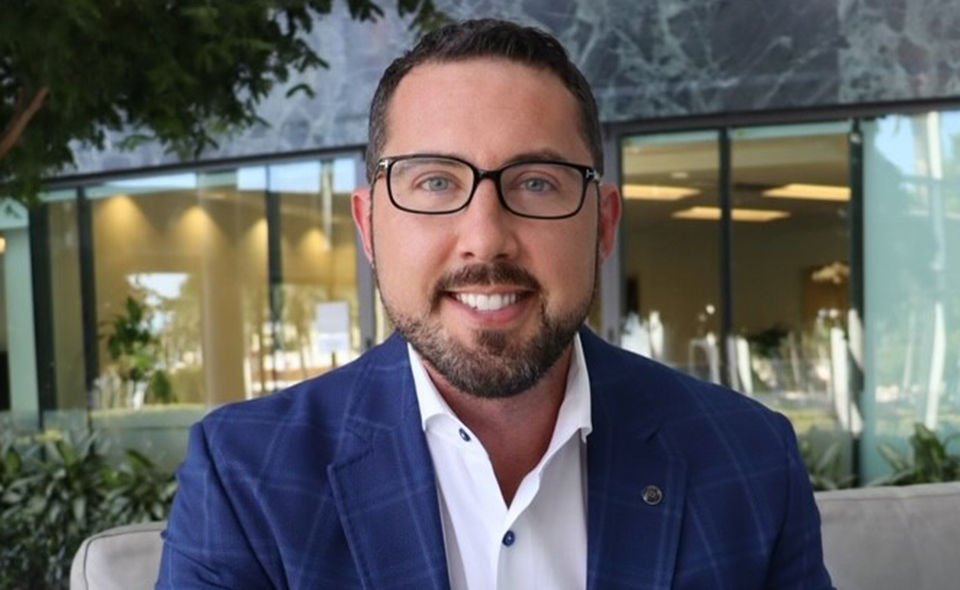In this feature we hear more on the subject from Thomas VanNess III, who scrutinises the legal mechanisms by which LLCs and LPs can be used to protect a client’s assets by isolating them from creditors.
To begin with the very basics, who is asset protection for, and why is it necessary?
Business owners, real estate investors and physicians, amongst everyone else with wealth, are targets for those people looking for a payday by taking advantage of the inefficiencies and injustices commonly seen in our legal system. The US is an incredibly litigious society and, regardless of where you look for statistics, always seems to land in the top five most litigious countries. Because of this, and the amount of effort it takes to create wealth, it is only natural that people would look for ways to protect their wealth once they have it. The world is full of uncertainty and clients find comfort in knowing that the wealth they have worked hard to accumulate is protected if disaster strikes.
Asset protection is the legal practice of using federal and state laws to clients’ advantage by structuring clients’ business and financial affairs in a way that protects them from losing their assets. This may include protecting assets from business disputes, contractual obligations, personal guarantees, automobile accidents, premise liability, malpractice, and all sorts of actions or omissions that clients (or their children) may make or fail to make. There are many strategies out there, each with individual pros and cons. The backbone of these strategies often includes using domestic and offshore trusts, limited liability companies (LLCs), and limited partnerships (LPs).
How can an LLC or LP be used to protect one's assets?
If an LLC or LP is set up correctly (in the proper jurisdiction, with the proper management and equity structure, with formation documents with protective provisions) and certain formalities are followed, a personal creditor of the client cannot access the assets in the LLC or LP. Likewise, a creditor of the LLC or LP cannot access the client’s personal assets. LLCs and LPs separate assets and liabilities by putting up a ‘firewall’ to limit the potential exposure to our clients’ assets.
The protection provided to LLCs and LPs is due to a creditor’s exclusive remedy under certain states’ laws being limited to a ‘charging order’. A charging order only permits a judgment creditor to await distributions intended for the debtor from the LLC or LP. Since the charging order is the exclusive remedy, this means that the creditor cannot make any management decisions or force any distributions. Thus, the creditor has a piece of paper entitling the creditor to distributions, if any are made. Since the debtor has control over distributions, the debtor will not make any distributions given this scenario.
Business owners, real estate investors and physicians, amongst everyone else with wealth, are targets for those people looking for a payday by taking advantage of the inefficiencies and injustices commonly seen in our legal system.
A lot of thought and strategy goes into separating assets and liabilities amongst various LLCs and LPs. The more assets in an individual LLC or LP, the greater the potential of loss if a lawsuit were to result from ownership in one of the assets in the LLC or LP. For example, if a real estate investor owned three rental properties in a single LLC and a tenant was injured on one property and got a judgement, the equity in the other two rental properties may be available to the creditor.
How do trusts protect assets?
Similar to how LLCs and LPs can put a ‘wrapper’ or ‘shield’ around assets to protect them, trusts work by isolating assets from potential claims. Rather than the client holding legal title to assets, clients can transfer assets they want to protect to a trust the client creates. If an asset is owned by a properly structured trust, laws are available that do not allow creditors to recover against this asset. The assets may be protected against claims even though the debtor can benefit (as a ‘beneficiary’) from the assets in the trust. This is possible because the client no longer holds legal title to the asset. Instead, a trustee (usually a family member, friend or trust company) holds legal title and is under a fiduciary duty to administer the trust for the benefit of the beneficiary.
In the US, only an ‘irrevocable’ trust can provide any protection if the creator of the trust or beneficiaries of the trust are sued. When the creator of the trust is not willing to give up access to the trust assets but wants to protect assets, trusts are typically set up either in a state that has ‘self-settled asset protection trust’ legislation or in a foreign country that does not recognize US judgements.
The laws in many jurisdictions provide that if certain requirements are met, no creditors can reach assets owned by a trust. Generally, there is a statute of limitations that must pass for the trust asset to be offered protection. Trusts are frequently used in tandem with LLCs and LPs to provide the client with greater protection, control and anonymity.
What is the process involved in creating a legal structure such as the above for the purposes of asset protection?
To implement an effective legal structure to protect clients against claims brought by third parties, we must first understand the degree of risk and corresponding level of protection justified for the client. If the client is a retiree and unlikely to have creditor issues, we do not go to the lengths we would to protect assets for an ambitious entrepreneur involved in a high-risk business operation. Everyone can benefit from asset protection planning; the question is to what extent planning should be undertaken. We also must understand the client’s assets, goals and estate plan and be cautious of nuances and tax traps.
Are there any significant pitfalls that are often encountered during this process?
The most significant pitfall we encounter is that most clients will wait until it is too late to consider using asset protection strategies. For asset protection strategies to work well, most strategies must be implemented well in advance of any potential creditor issues. In the cases where asset protection strategies fail, it is usually because the person waited too close to the act or omission which gave rise to the liability. The other cases where asset protection strategies fail are where bad acts or fraud is committed. Asset protection strategies protect good people from falling prey to frivolous lawsuits and bad decisions.
Trusts are frequently used in tandem with LLCs and LPs to provide the client with greater protection, control and anonymity.
Why is it essential to consult an asset protection specialist prior to attempting to protect one's assets in this way?
The law is full of nuance, and having a technical expert well-versed in asset protection strategies can put clients in a position of power rather than having to play defence when disaster strikes. One of the first things a litigator will try to do is determine if the debtor has sufficient assets to recover if they are successful in a lawsuit. An experienced asset protection specialist can increase clients’ chances of their assets not being discoverable or, if their assets are discoverable, that the law makes them unavailable to the creditor.
Thomas VanNess III, Founder
2101 NW Corporate Blvd, Ste 410, Boca Raton, Florida 33431, USA
Tel: +1 561-927-9027
Thomas VanNess III is a highly experienced attorney who has worked with thousands of families, from small business owners to high net worth families, to accomplish their wealth transfer and tax objectives. He prides himself on staying ahead of the estate and tax planning curve, keeping abreast of the always-changing legal and financial landscape and integrating the latest techniques and strategies into his practice. He is also a frequent speaker on legal topics, having spoken at national tax conferences, NFL retreats, the University of Miami and the National Business Institute.





















